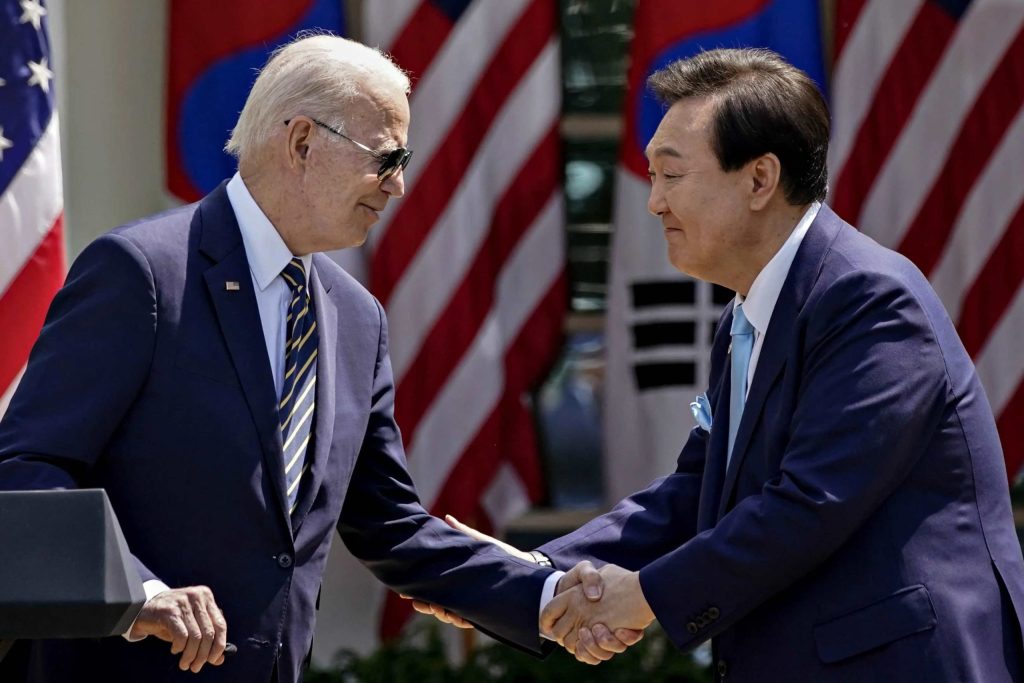Imagine stepping off a ship, your heart pounding with both excitement and uncertainty, marking the start of a new chapter in a foreign land. This was the reality for over a hundred Korean immigrants as they disembarked from the SS President Grant on January 13, 1903, planting the seeds of what would grow into a vibrant Korean American community. While Korean American Day might not ring bells for everyone, it's a day brimming with historical significance and pride for those who trace their roots back to those early pioneers. Their journey from laboring in Hawaiian sugar plantations to making indelible marks in various sectors across the United States is a testament to resilience and contribution. Though not officially recognized on a national calendar, this day resonates deeply within Korean American communities, celebrating a rich heritage and the manifold ways they've woven their dreams and aspirations into the American tapestry. Isn't it fascinating how a single day can encapsulate such a profound legacy, reminding us of the diverse stories that shape our nation?
Key Takeaway
Timeline
Day Activities
-
Cultural Exhibitions: On Korean American Day, communities often kick off with vibrant cultural exhibitions. These showcases are packed with traditional Korean music, dance, and art, offering a colorful glimpse into Korea's rich heritage. Visitors get to soak in the beauty of hanbok, the traditional Korean attire, and might even snag a lesson in calligraphy or taekwondo.
-
Food Festivals: What's a celebration without mouthwatering food? Korean American Day isn't complete without its food festivals, where the air is thick with the aroma of kimchi, bulgogi, and other Korean delicacies. Foodies flock to these events for a taste of authentic Korean cuisine, often served up by local Korean American restaurateurs eager to share their culinary traditions.
-
Educational Workshops: Besides the fun and food, Korean American Day also focuses on education and reflection. Workshops and seminars are organized to delve into the history and contributions of Korean Americans. These sessions provide valuable insights into the immigrant experience, highlighting the challenges and triumphs of the Korean American community throughout history.
Interesting Facts
1. First Large-Scale Immigration
Korean American Day marks the arrival of the first Korean immigrants in 1903.
2. SS President Grant
Koreans arrived on the SS President Grant, heading to Hawaii for work.
3. Sugar Plantation Workers
Initially, these immigrants worked as laborers on Hawaii's sugar plantations.
4. Diverse Contributions
Over years, Korean Americans have significantly contributed to agriculture, education, business, and entertainment.
5. Other Celebratory Dates
Some communities celebrate Korean heritage on May 10 or August 15, highlighting different historical milestones.
Why We Love This Day
-
Celebrating Immigrant Roots: Korean American Day shines a light on the courage and determination of the first Korean immigrants. Landing on American soil back in 1903, these pioneers faced unknown challenges with nothing but hope for a better future. It's a day to honor their spirit, recognizing the hardships they overcame and the foundations they laid for future generations.
-
Highlighting Cultural Contributions: From mouthwatering cuisine to groundbreaking achievements in technology and entertainment, Korean Americans have enriched the American tapestry in countless ways. On January 13, we get to celebrate these contributions, acknowledging how much richer and more vibrant our lives are because of the diversity they bring to the table.
-
Fostering Unity and Pride: This day isn't just about looking back; it's also about bringing people together. Korean American Day serves as a rallying point for community pride and unity, offering a chance for Korean Americans to connect with their heritage and for others to learn about and appreciate this vibrant culture. It's a beautiful example of how sharing our stories and traditions can foster mutual respect and understanding in our communities.
Past & Future Dates
| Month | Day | Year |
|---|---|---|
| JANUARY | 13 | 2022 |
| JANUARY | 13 | 2023 |
| JANUARY | 13 | 2024 |
| JANUARY | 13 | 2025 |
| JANUARY | 13 | 2026 |
| JANUARY | 13 | 2027 |
| JANUARY | 13 | 2028 |
FAQ
What does Korean American Heritage Day celebrate?
January 13 marks the first arrival of Koreans to the United States in 1903. Now known as Korean American Day, the holiday celebrates the immersion of Korean culture and influence in the states.
Why is Korean American Day important?
On this day 121 years ago, the first group of Korean immigrants landed on our shores. Since starting new homes here, these courageous Americans have woven their rich culture and vibrant heritage into the very fabric of our Nation.
When did the Koreans come to Hawaii?
The first ship to bring Korean immigrants carrying 56 men, 21 women, and 25 children (102 people), came to Hawaii on January 13,1903, aboard the S.S. Gaelic. After two years, over 7000 Koreans came to Hawaii.
In which 3 US states does the largest population of Korean American population reside?
In California, there are 558,338 Korean Americans. New York has a Korean American population of 141,745. Texas is home to 115,107 Korean Americans.
